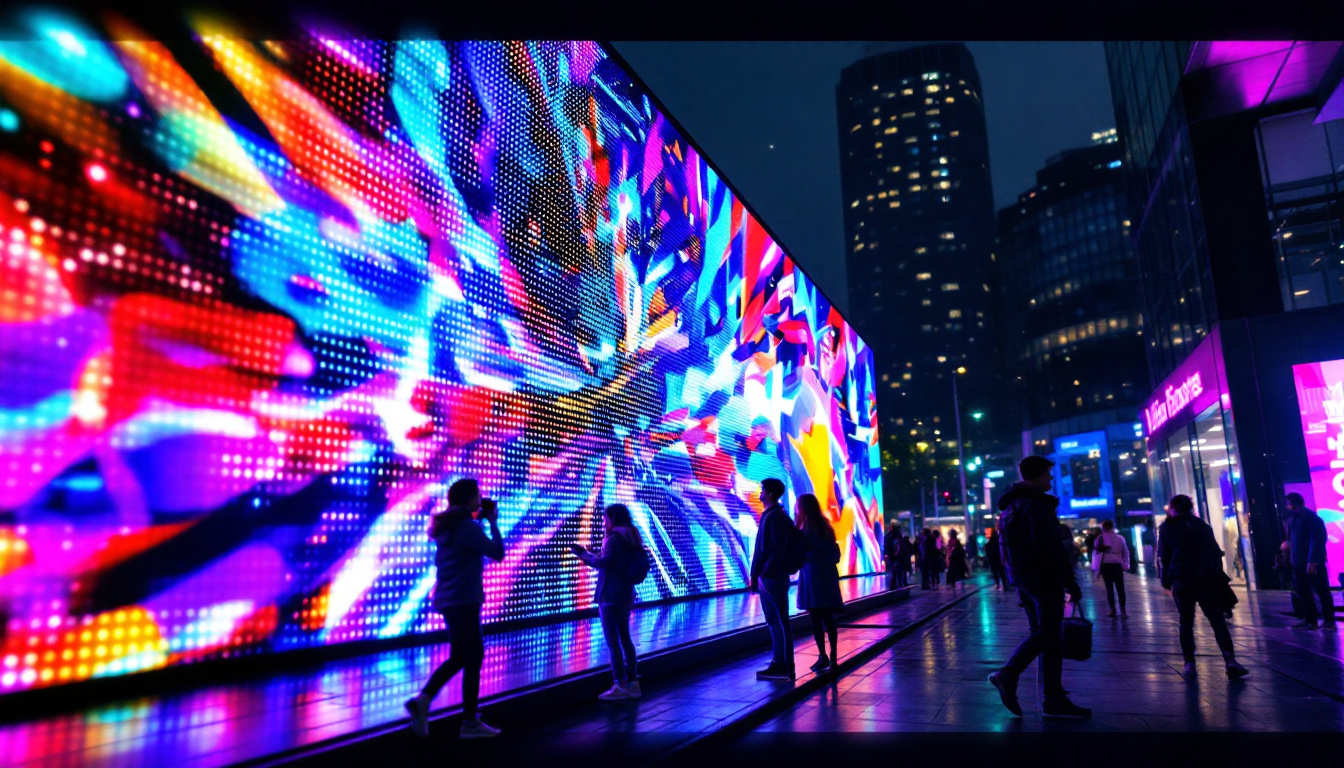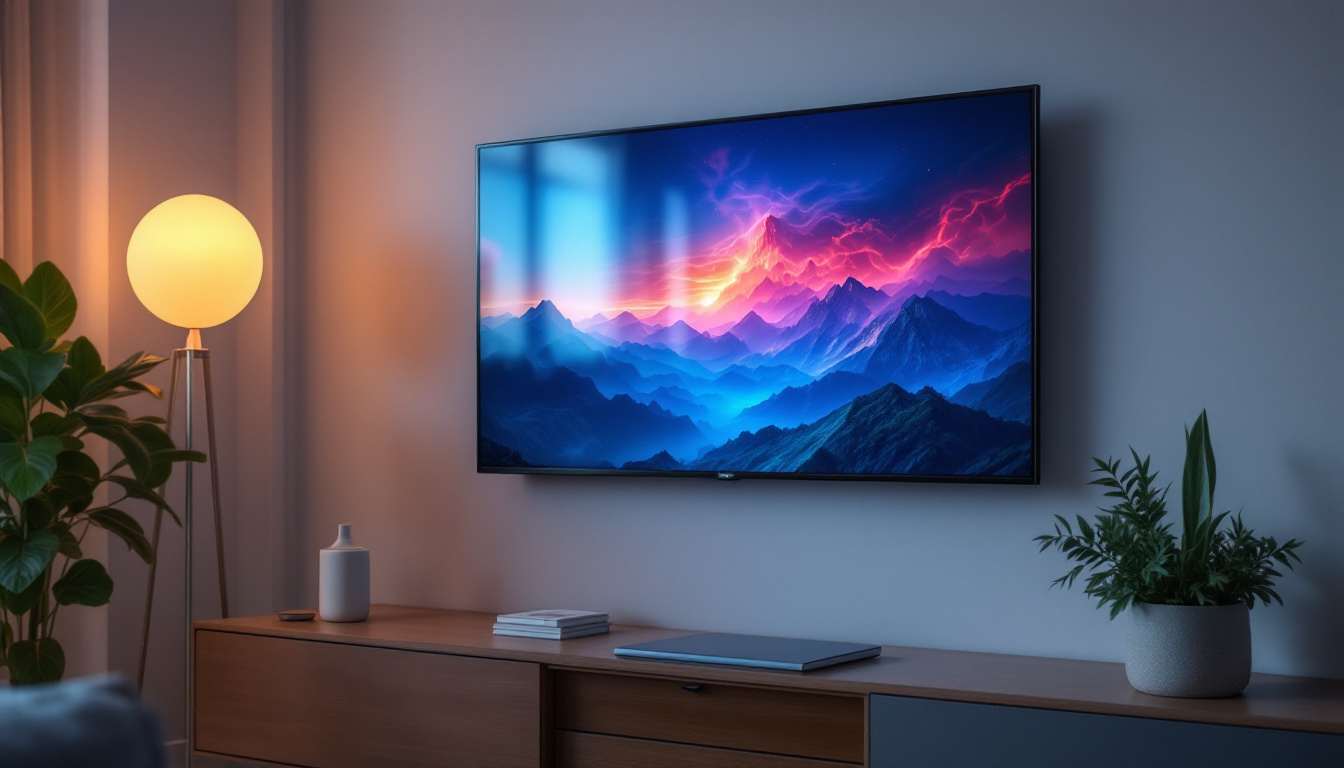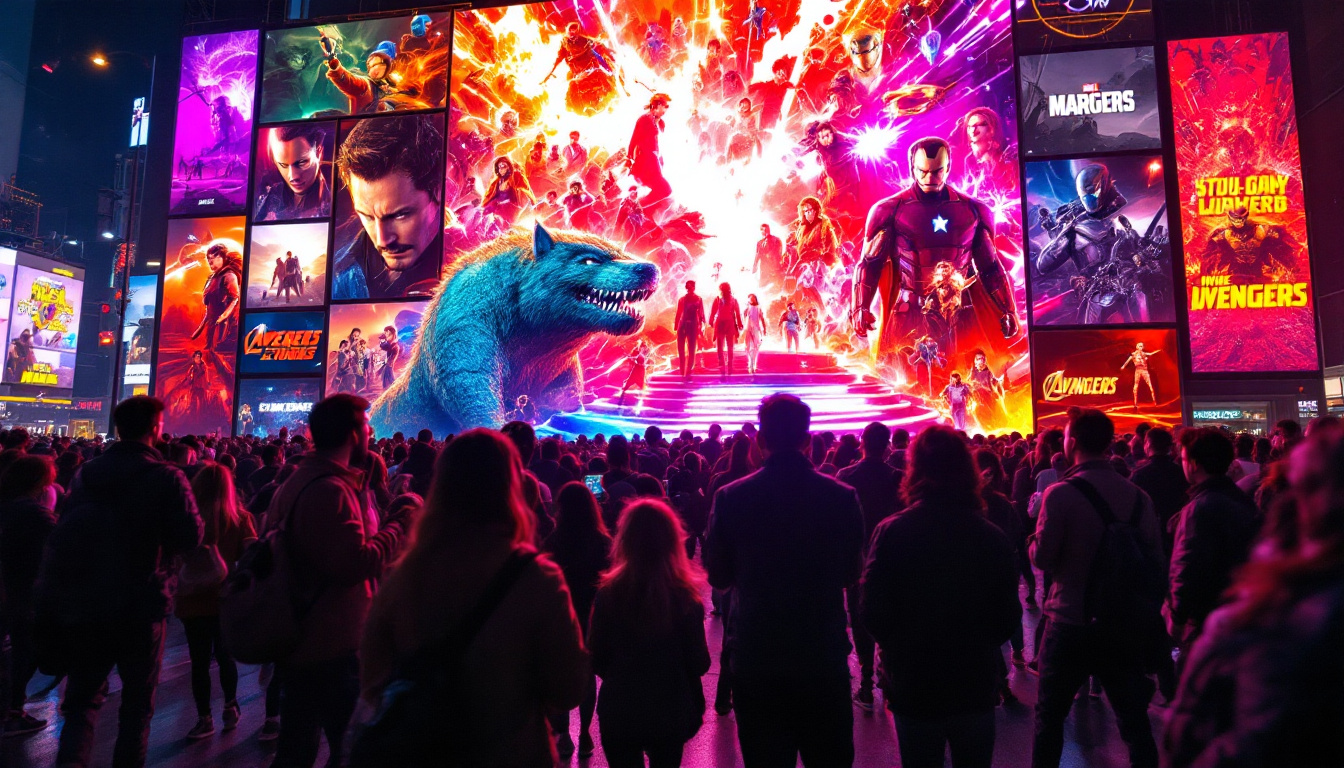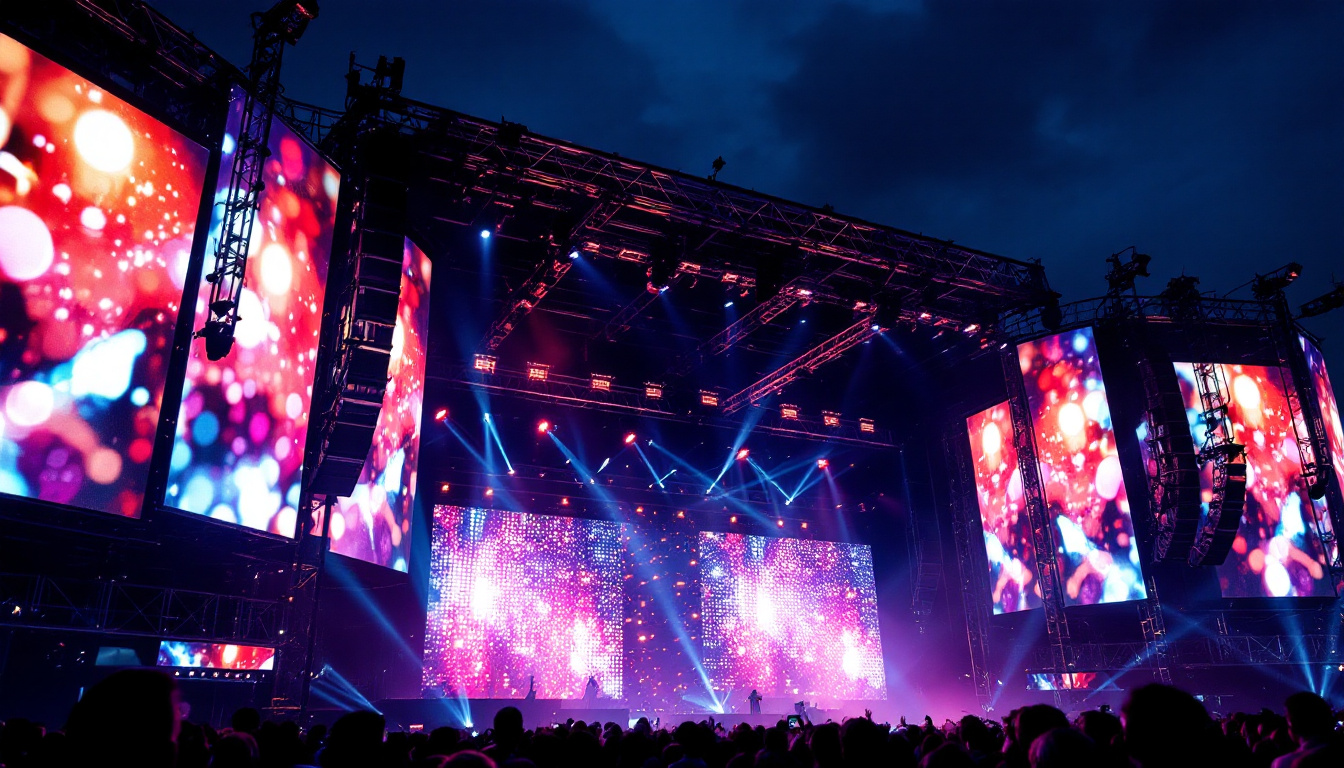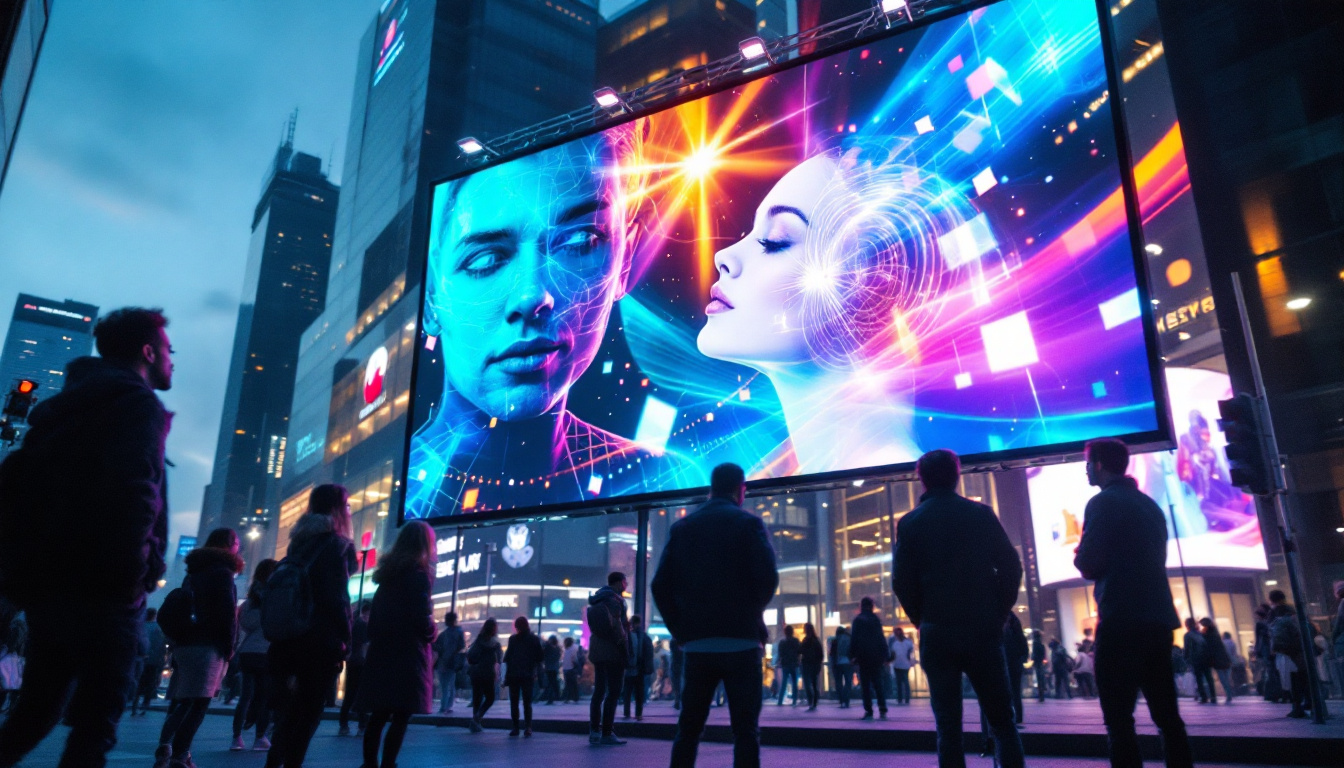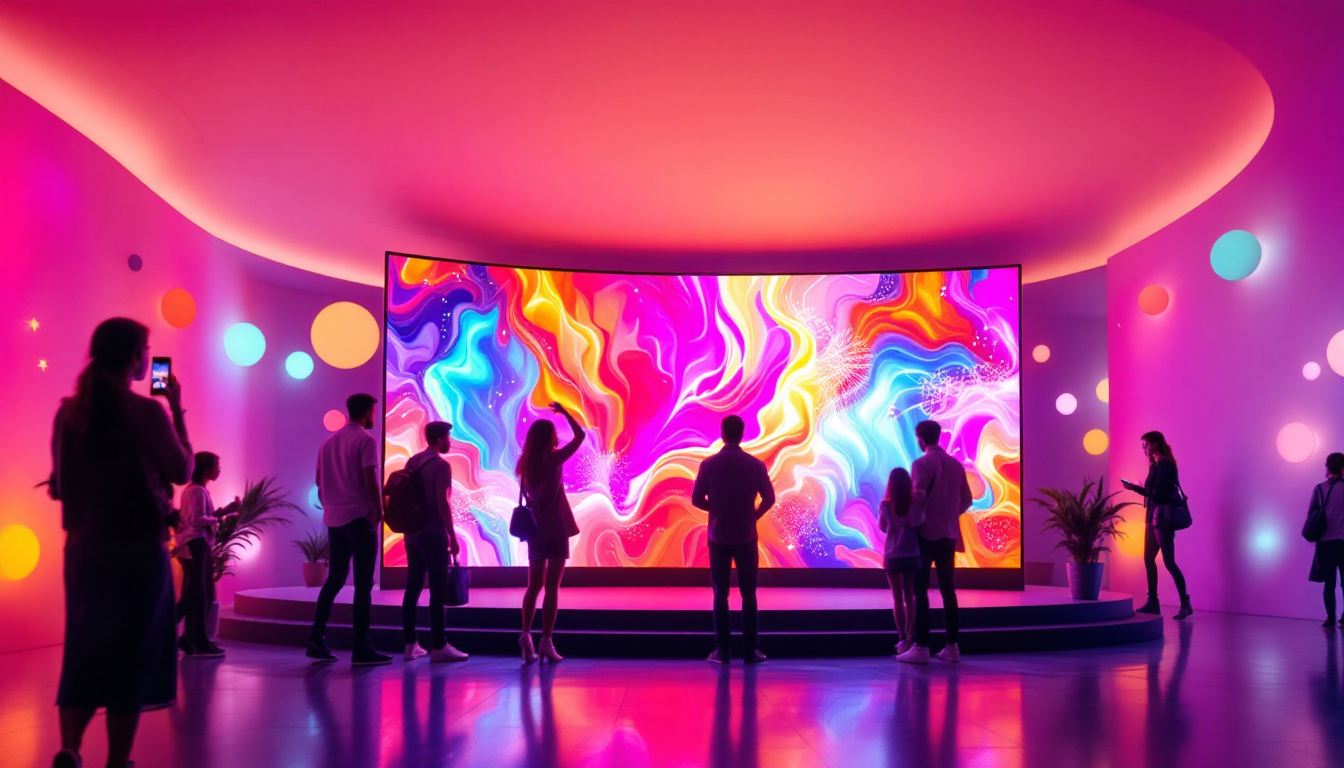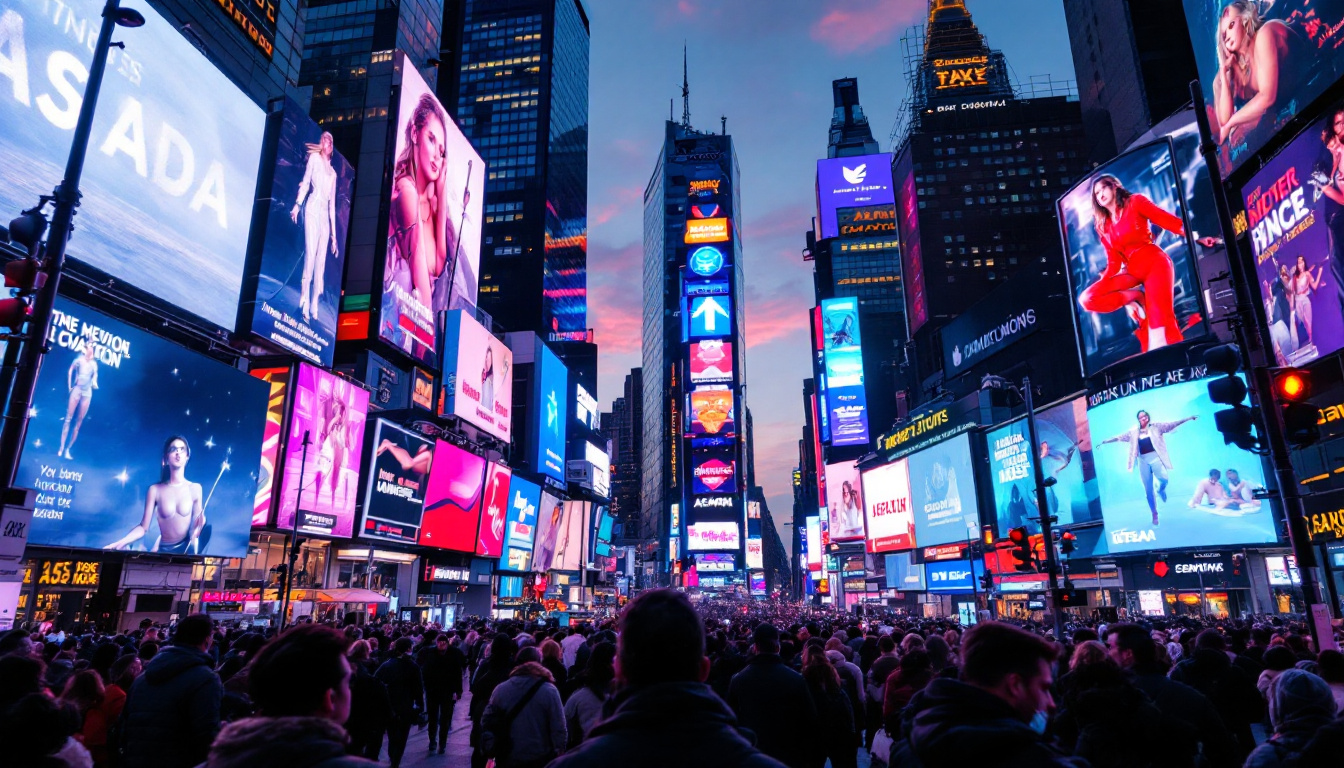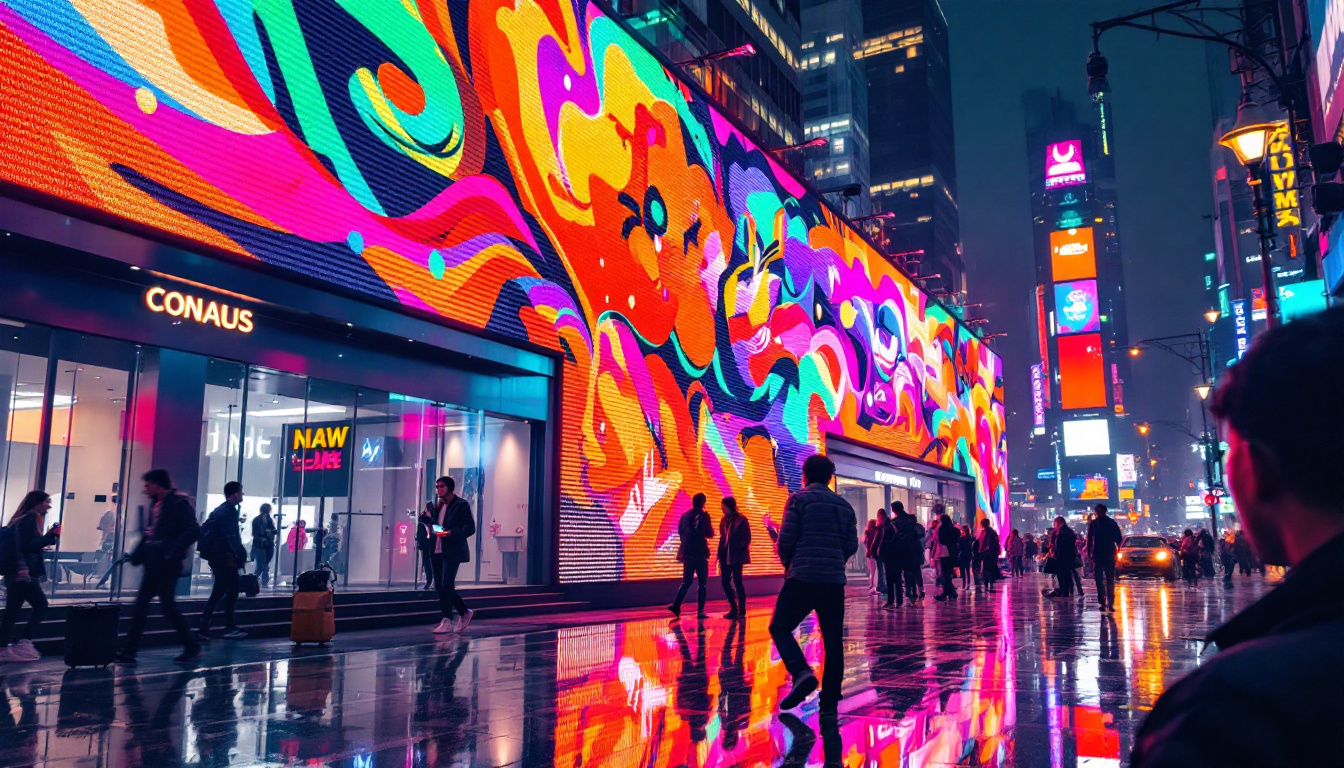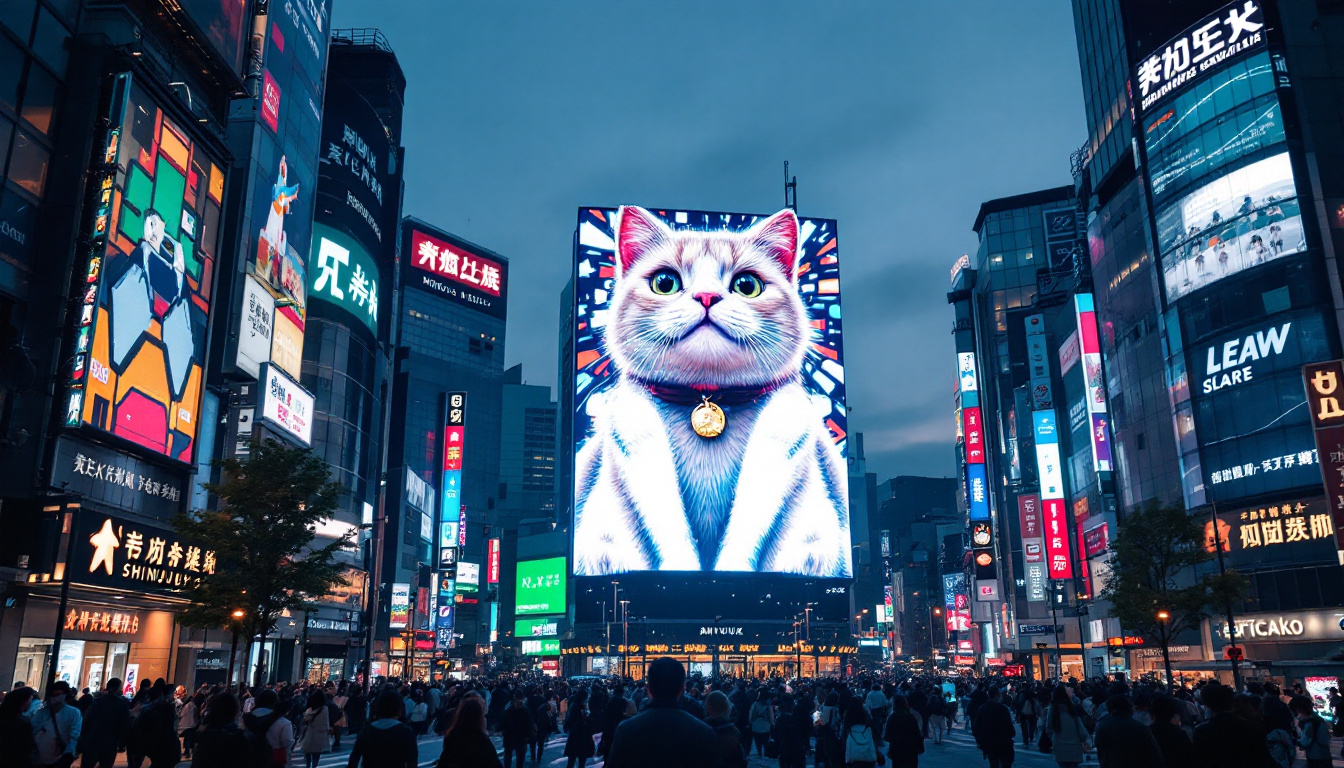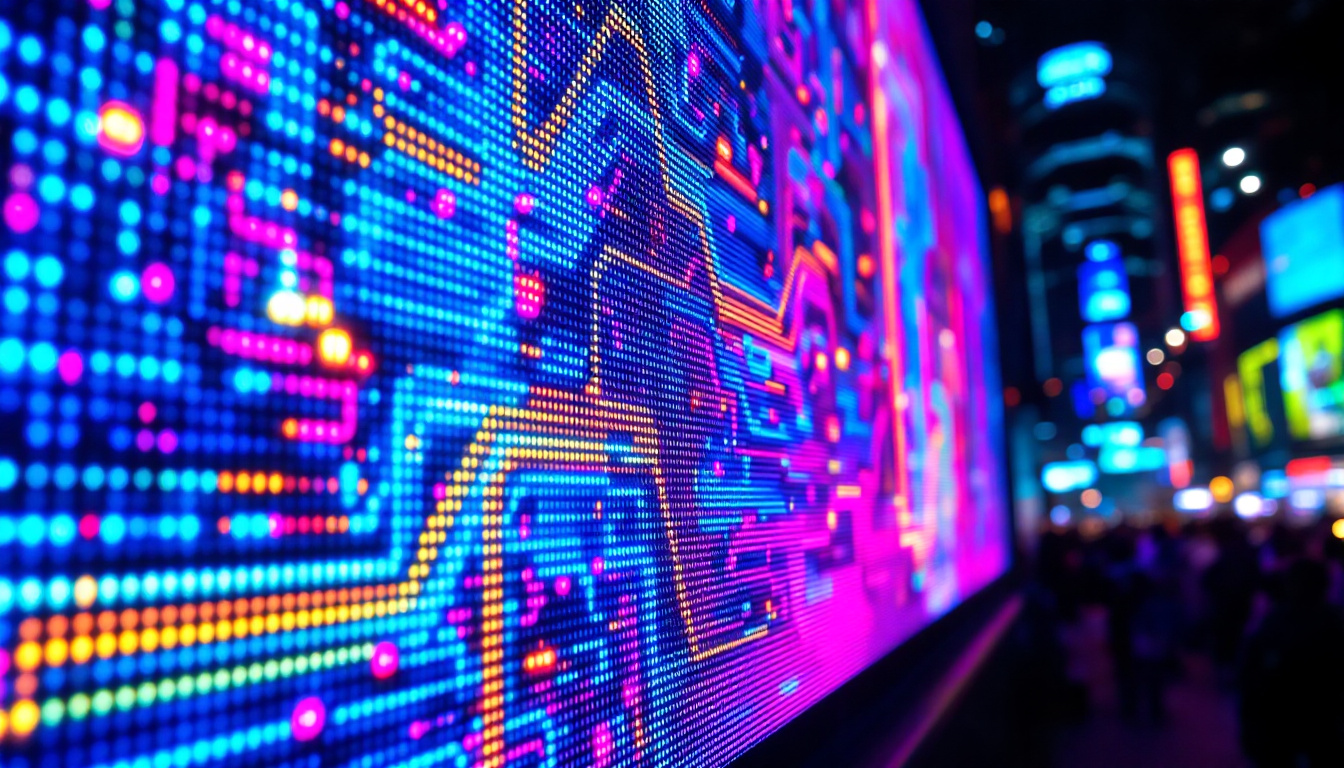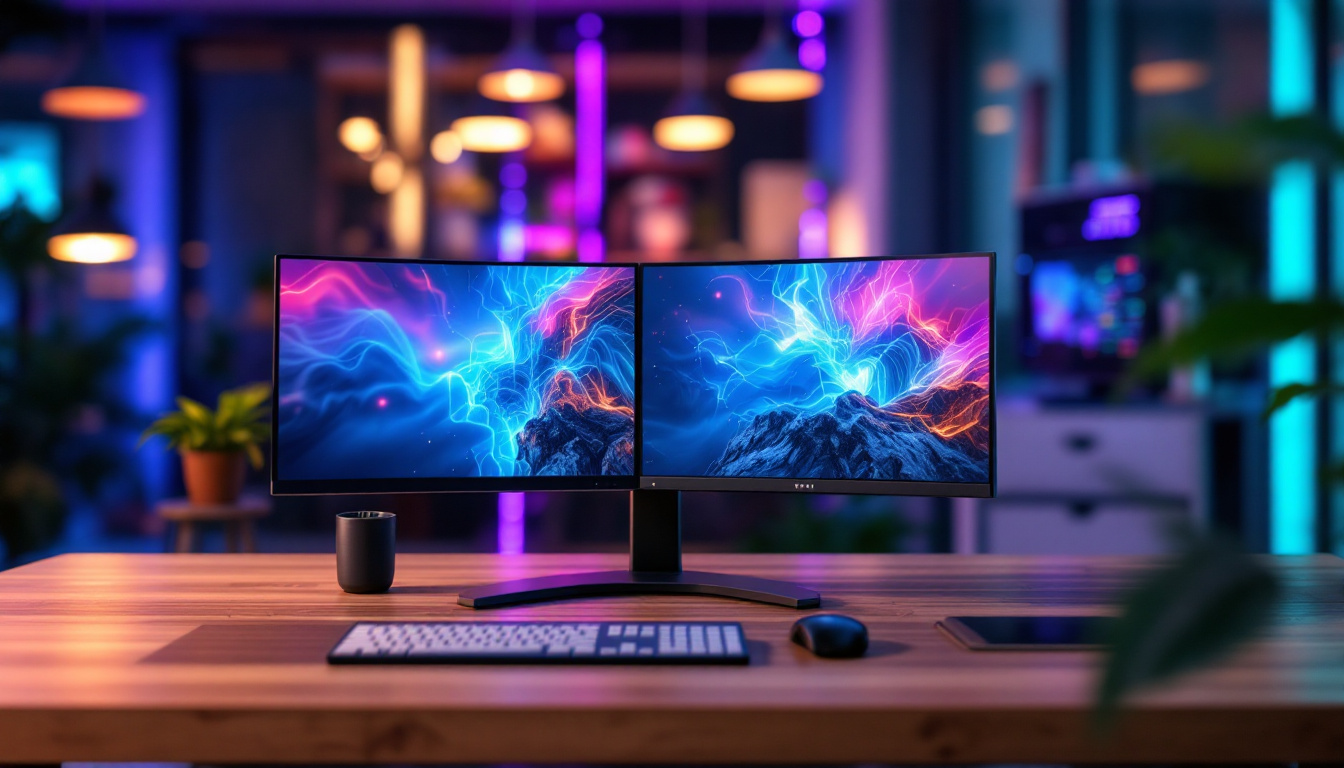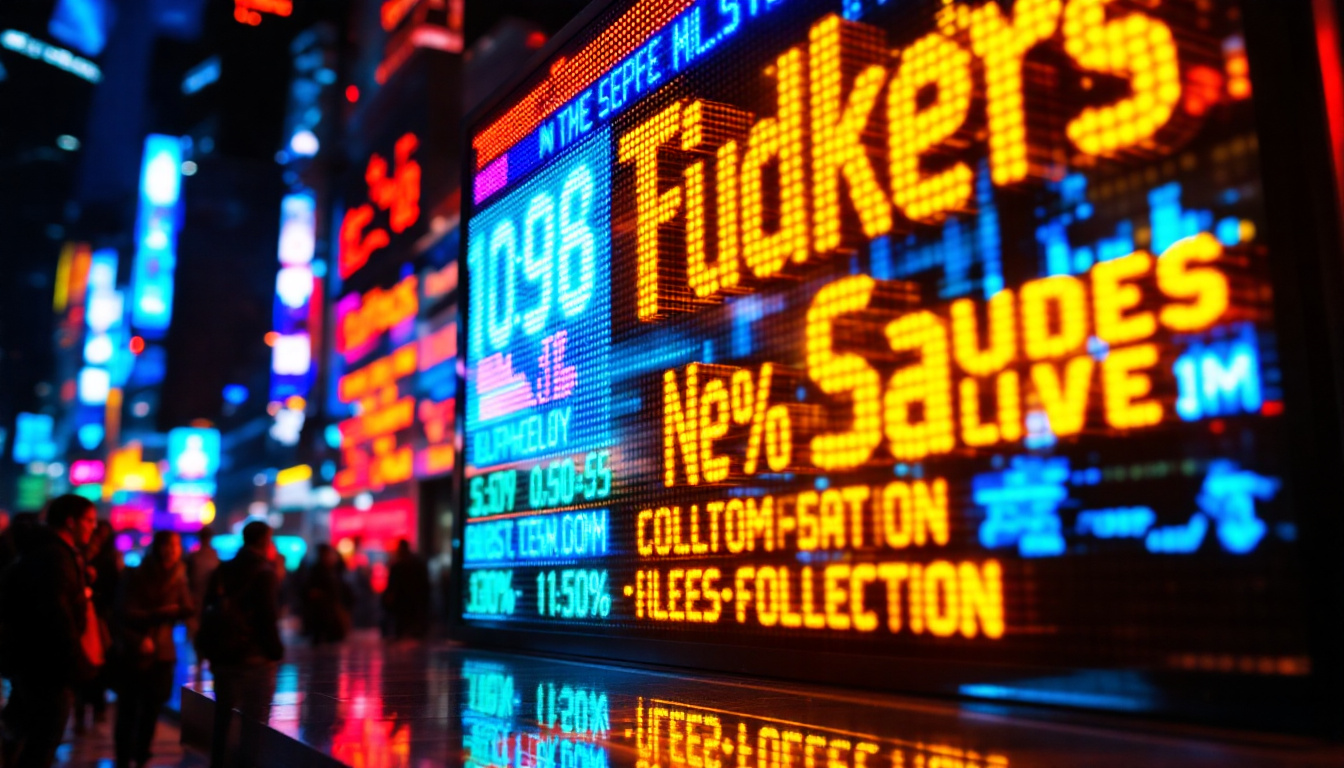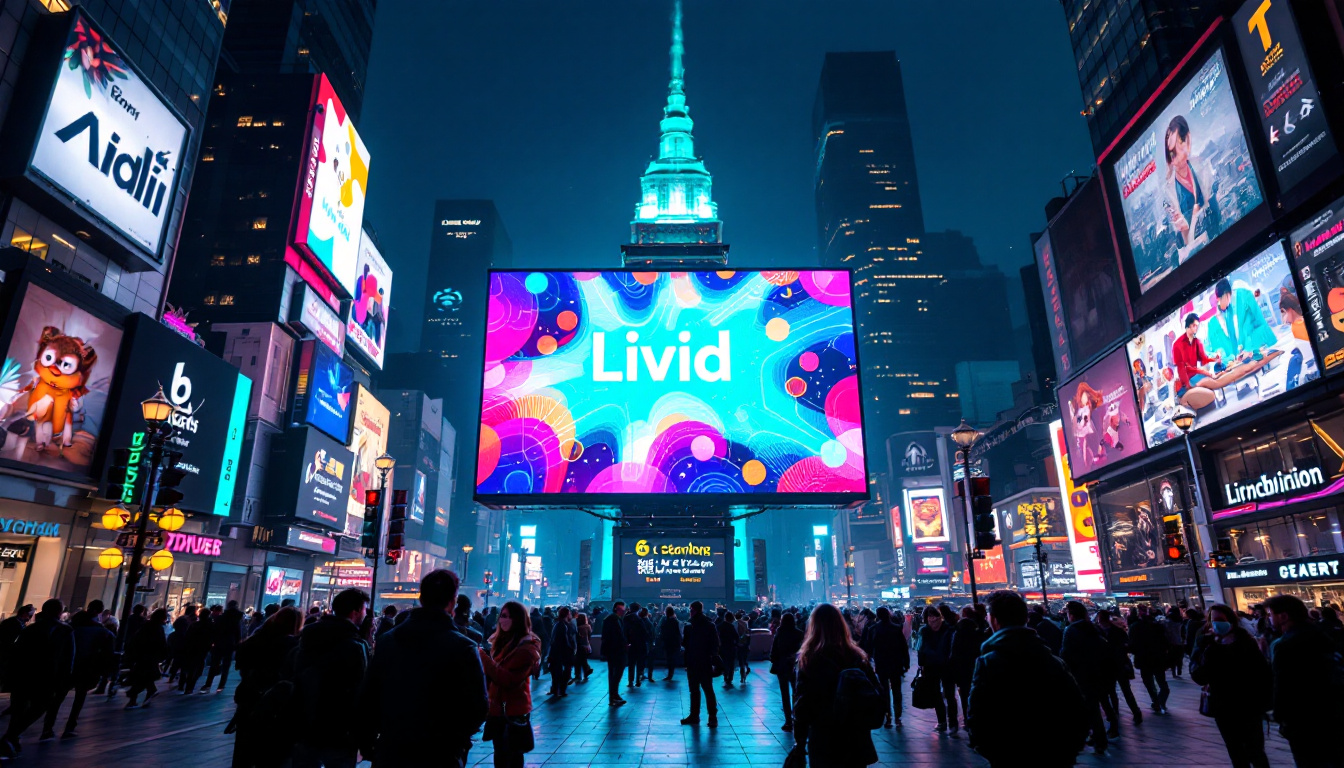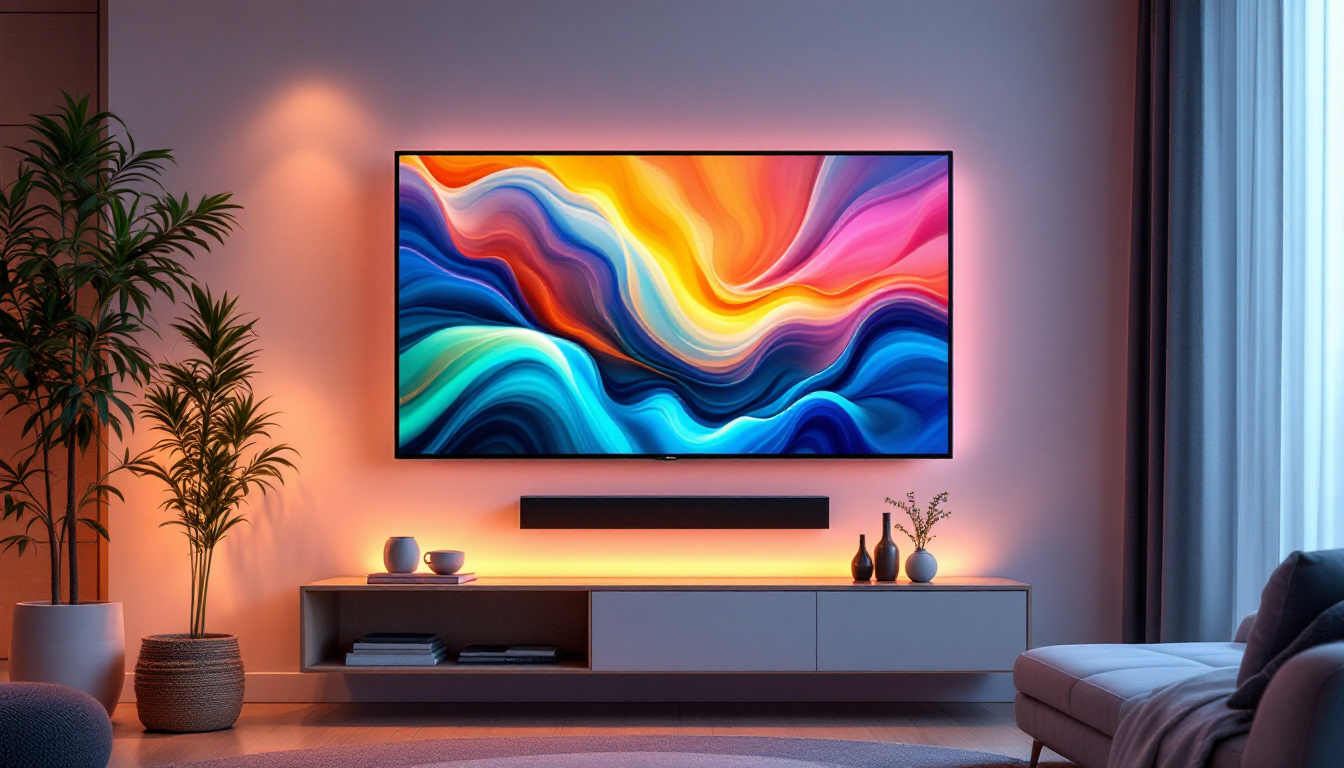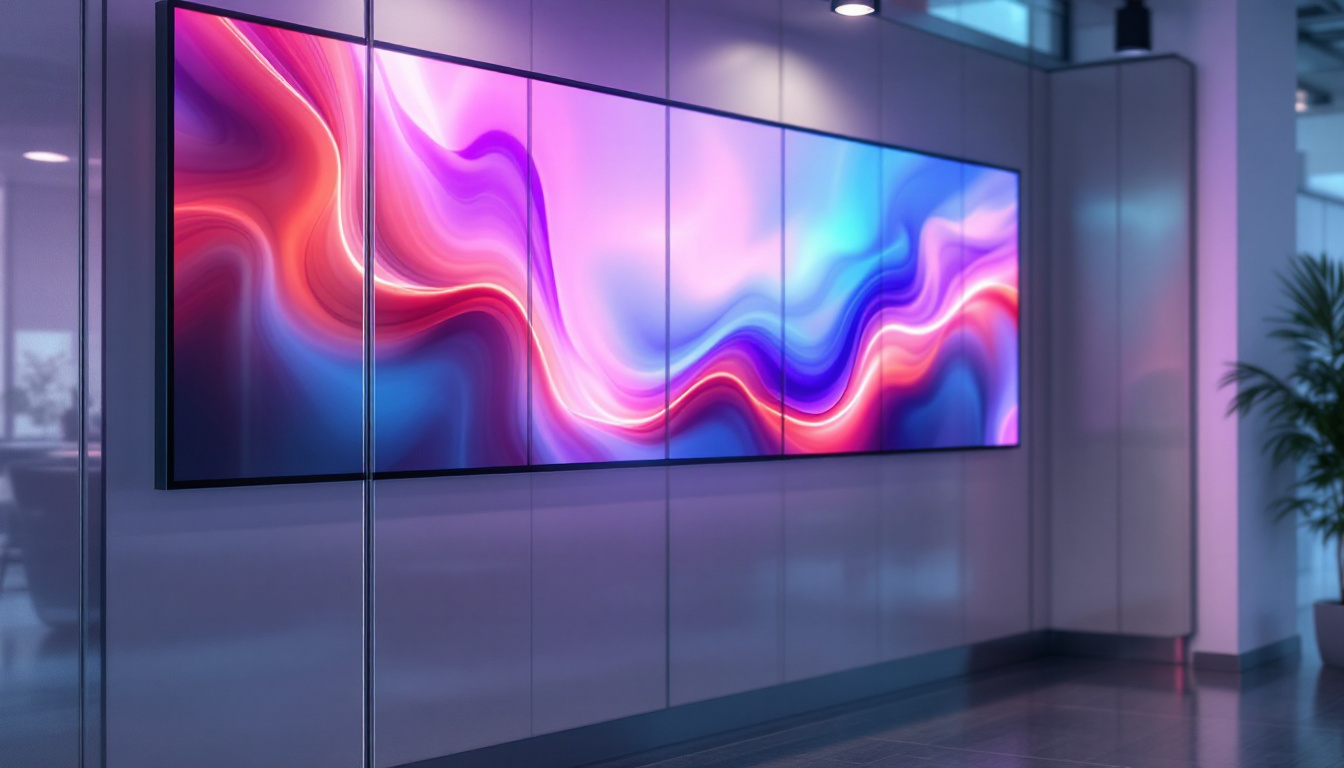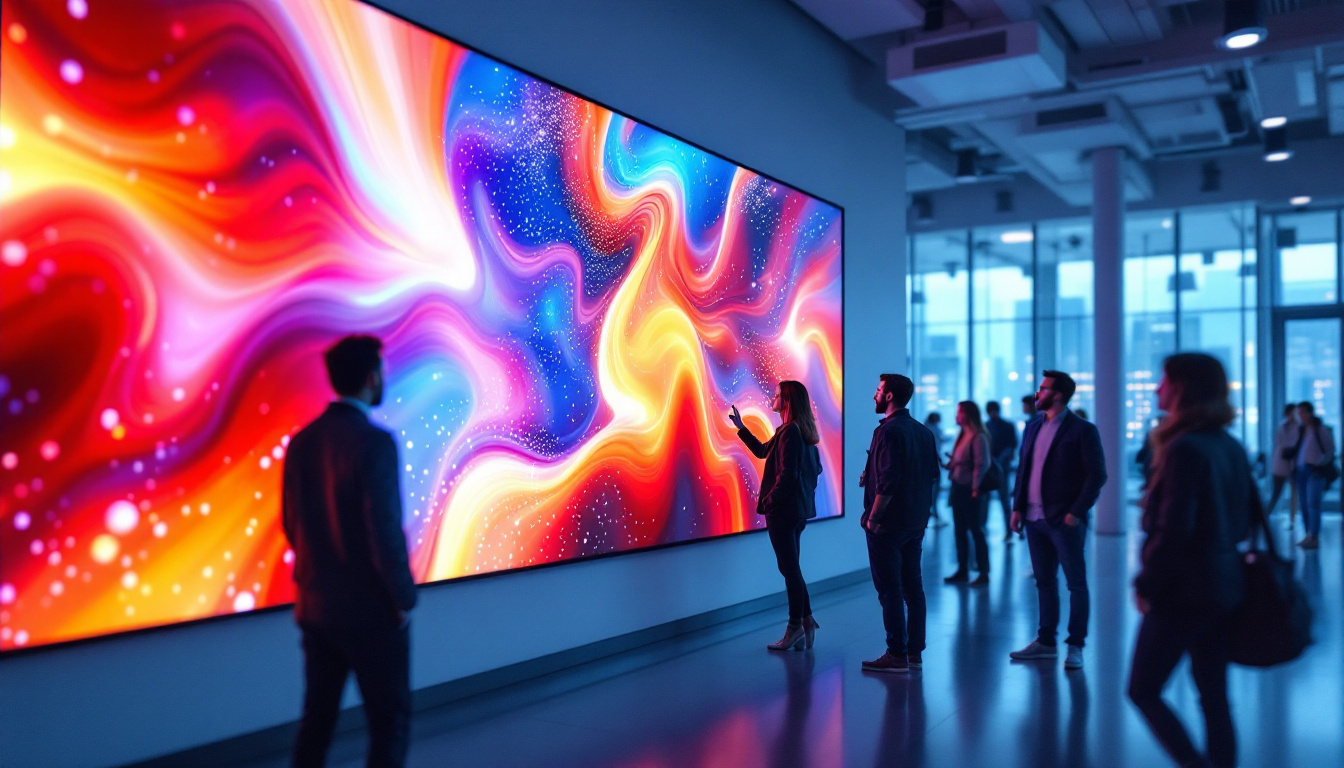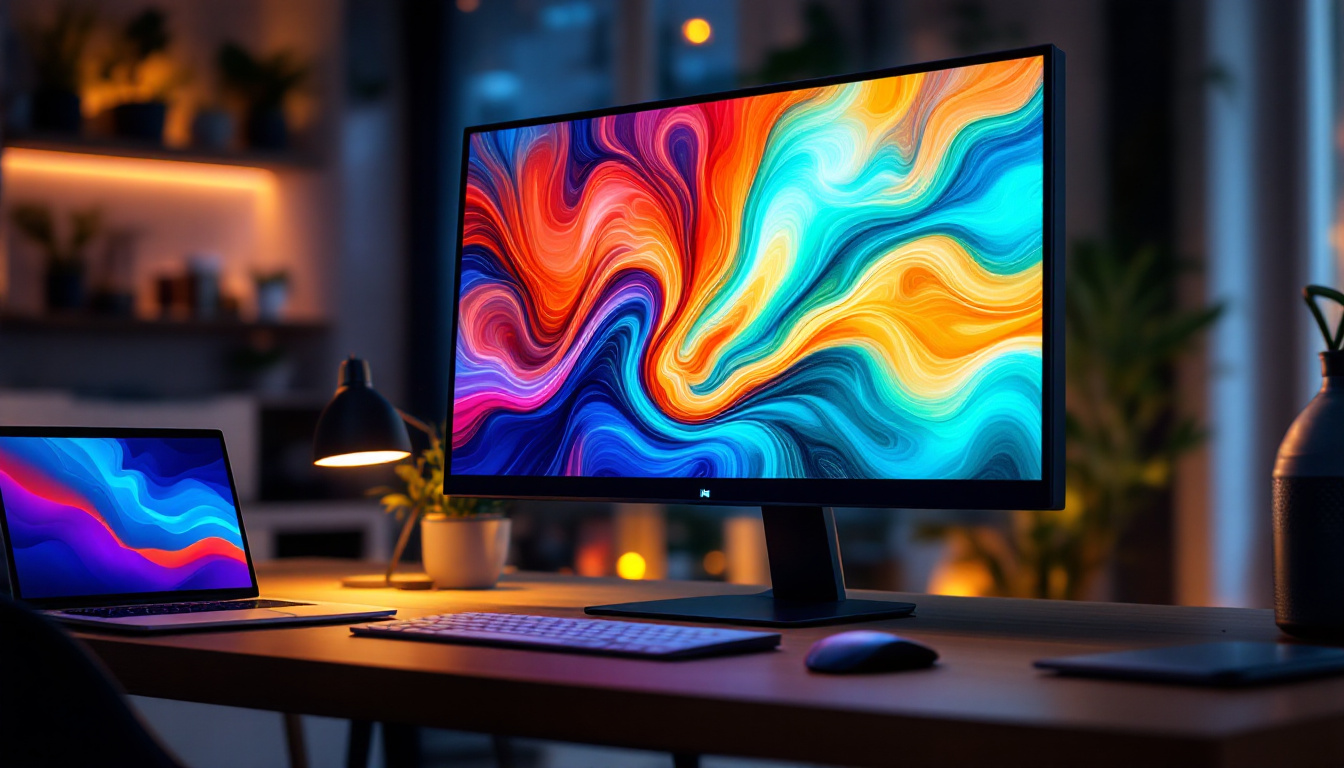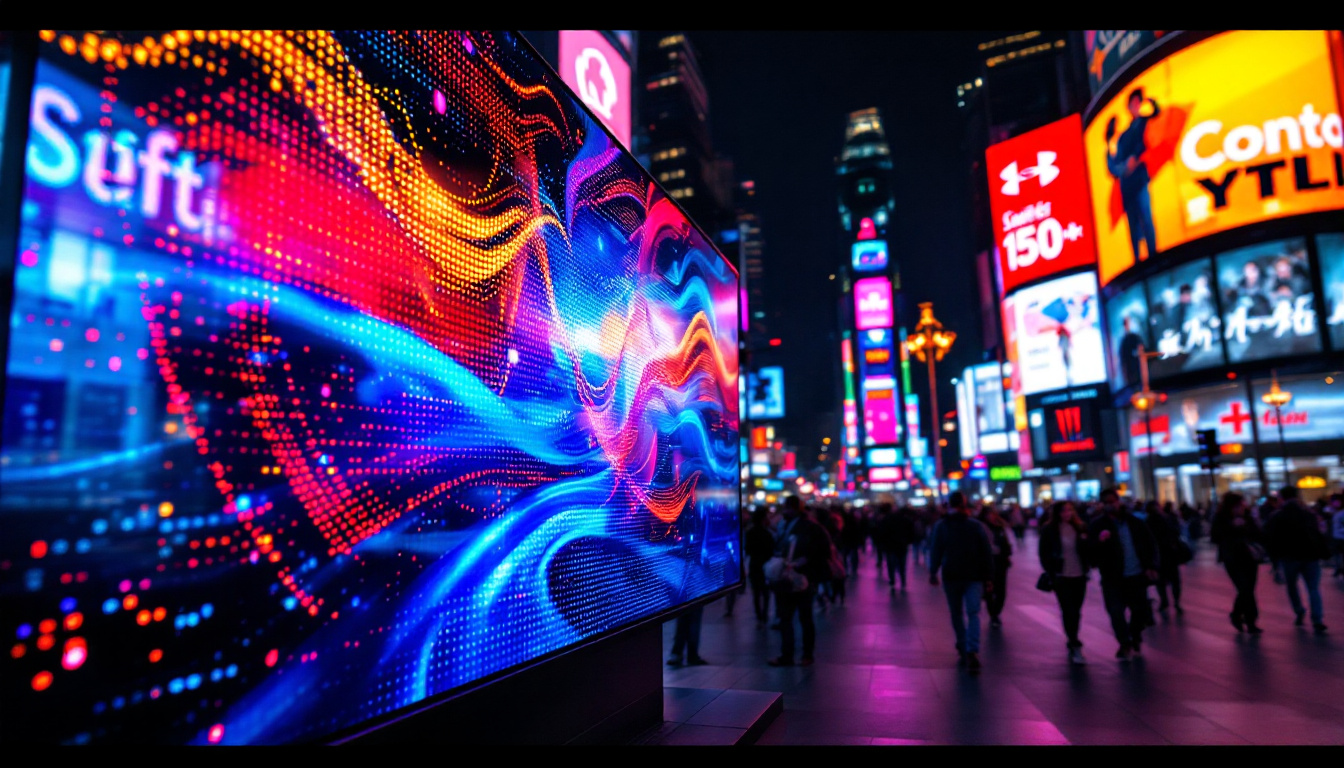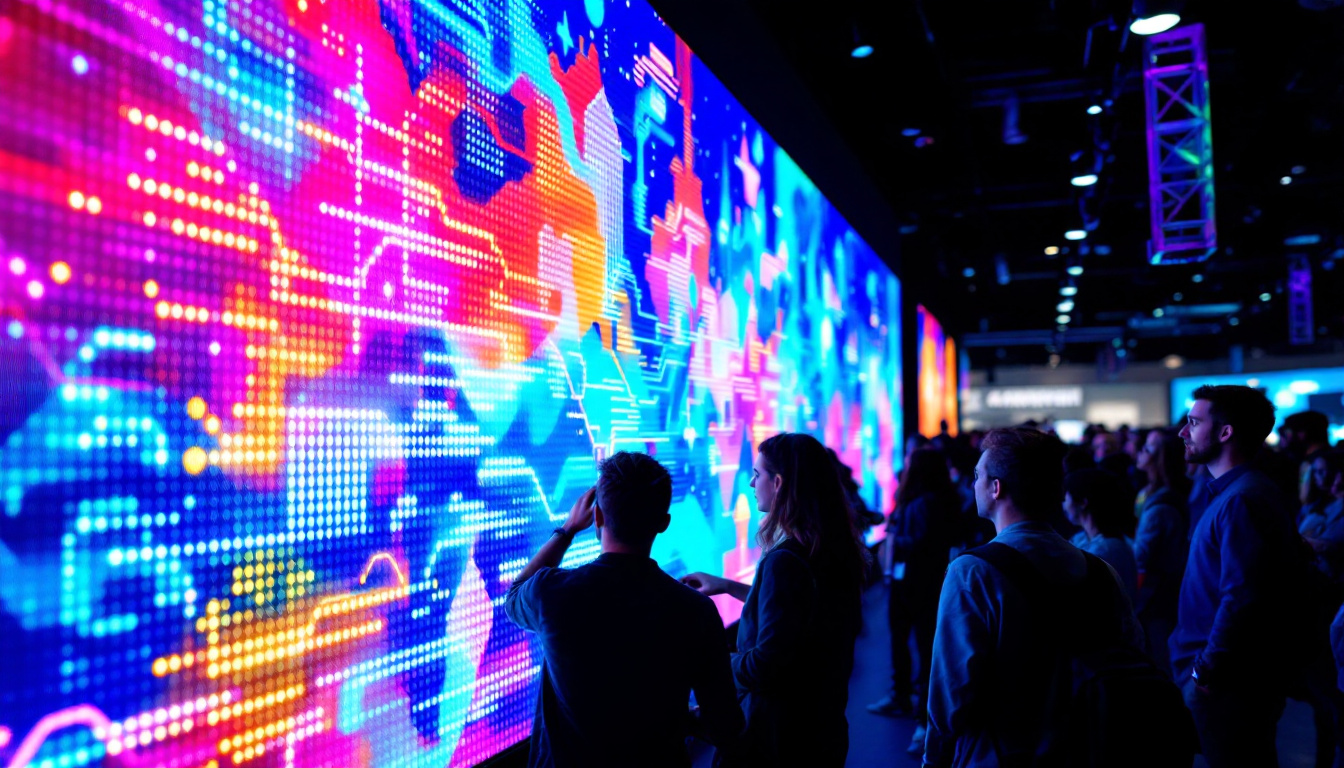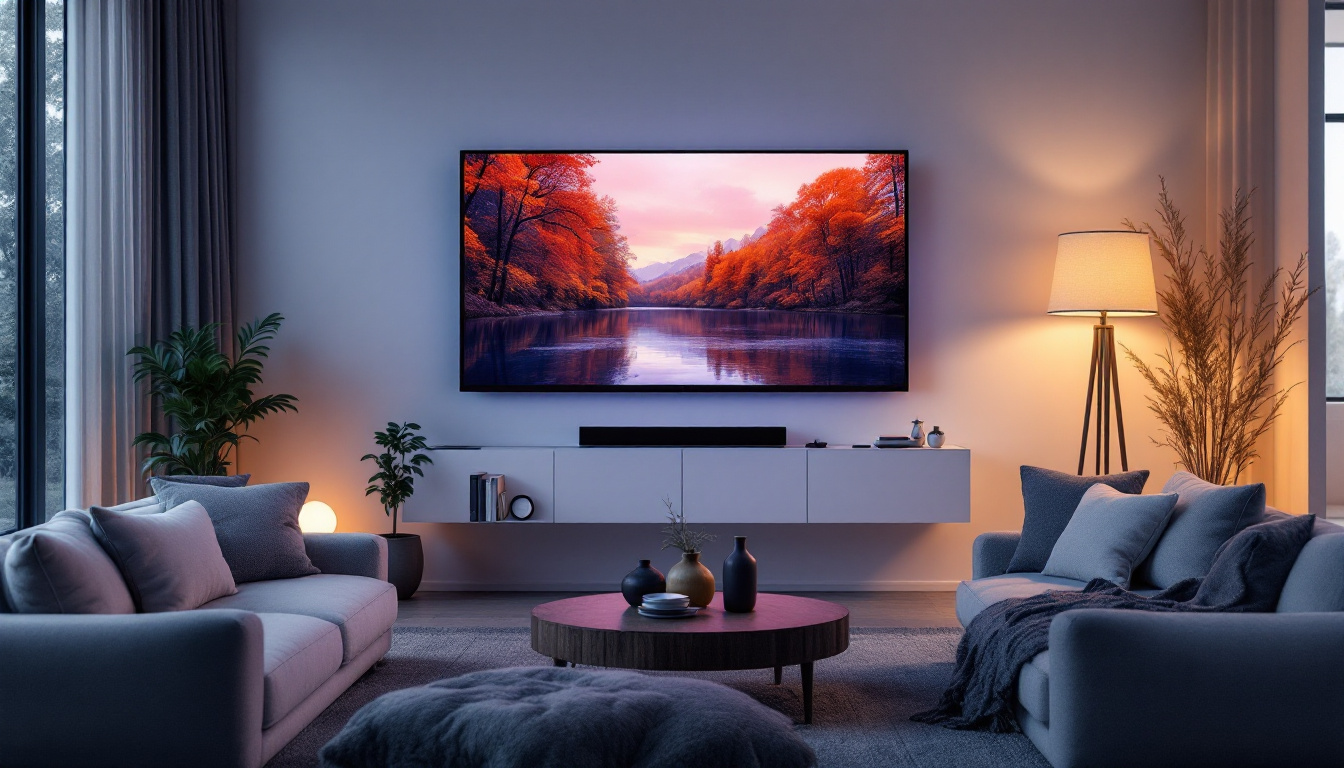In recent years, LED displays have become ubiquitous in our daily lives, transforming how we consume information and entertainment. From billboards to smartphones, the technology has evolved significantly, offering vibrant colors, high resolutions, and energy efficiency. This article delves into the intricacies of LED displays, exploring their functionality, types, applications, and the future of this dynamic technology.
Understanding LED Technology
LED, or Light Emitting Diode, is a semiconductor device that emits light when an electric current passes through it. This technology has revolutionized the display industry due to its compact size, durability, and energy efficiency. Unlike traditional incandescent bulbs, LEDs produce light without generating excessive heat, making them a preferred choice for various applications. The longevity of LED lights is another significant advantage, with many lasting up to 25,000 hours or more, far surpassing the lifespan of conventional lighting options. This not only reduces the frequency of replacements but also contributes to lower maintenance costs over time.
How LEDs Work
The basic principle behind an LED is the movement of electrons within a semiconductor material. When an electric current flows through the diode, electrons recombine with holes (the absence of electrons) in the material, releasing energy in the form of photons—this is the light we see. The color of the emitted light depends on the materials used in the semiconductor, which can be adjusted to produce a wide spectrum of colors. This tunability allows manufacturers to create LEDs that emit specific wavelengths, catering to various applications, from general lighting to specialized uses like horticulture, where specific light wavelengths can promote plant growth effectively.
LEDs can be combined in various configurations to create displays. By arranging red, green, and blue (RGB) LEDs in a grid, it is possible to produce a full range of colors, allowing for the creation of dynamic images and videos. This versatility is one of the key reasons why LED technology has gained widespread adoption. Furthermore, the rapid response time of LEDs enables them to display fast-moving images without blurring, making them ideal for video applications and real-time data displays in environments like airports and sports arenas.
Types of LED Displays
LED displays come in several forms, each designed for specific applications. The most common types include:
- Direct View LED Displays: These displays use individual LEDs to create images directly. They are often used in large outdoor billboards and stadium screens, providing high brightness and visibility even in direct sunlight. Their modular design allows for easy scaling, making them suitable for both small and large installations.
- LED Backlit Displays: Common in televisions and computer monitors, these displays use LEDs to illuminate an LCD panel. This technology enhances color accuracy and contrast, resulting in a better viewing experience. Additionally, advancements in dimming technologies allow for localized dimming, which improves black levels and overall picture quality.
- Organic LED (OLED) Displays: OLEDs use organic compounds that emit light when an electric current is applied. They offer superior color reproduction and contrast ratios compared to traditional LED displays, making them popular in high-end televisions and smartphones. The ability of OLEDs to achieve true blacks by turning off individual pixels enhances the overall visual experience, particularly in dark scenes.
In addition to these types, there are also specialized LED displays, such as transparent LEDs, which allow for visibility through the screen while still displaying images, making them ideal for retail environments. Furthermore, flexible LED displays are emerging, enabling creative applications in architecture and design, where screens can be curved or shaped to fit unique spaces. The ongoing evolution of LED technology continues to push the boundaries of what is possible in visual displays, promising exciting innovations in the future.
Applications of LED Displays
The versatility of LED displays allows them to be utilized in a myriad of applications across various industries. Their ability to deliver high-quality visuals makes them ideal for both commercial and personal use.
Advertising and Marketing
One of the most prominent uses of LED displays is in advertising. Digital billboards and signage can capture attention with vibrant colors and dynamic content. Advertisers can easily change messages in real-time, allowing for targeted campaigns that can adapt to different audiences and times of day.
Moreover, LED displays can be integrated with data analytics tools to track viewer engagement, providing valuable insights into consumer behavior. This capability enhances the effectiveness of marketing strategies, making LED displays a powerful tool for brands looking to make an impact.
Entertainment and Events
In the entertainment industry, LED displays are essential for concerts, festivals, and sporting events. Large-scale LED screens provide audiences with immersive experiences, displaying live feeds, graphics, and animations that enhance the overall atmosphere.
Additionally, LED technology is used in stage lighting and production, allowing for creative visual effects that can be synchronized with music and performances. This integration of technology and artistry has redefined live entertainment, making it more engaging and memorable.
Public Information and Transportation
LED displays are increasingly being used in public transportation systems to provide real-time information to passengers. Bus stops, train stations, and airports utilize LED screens to display schedules, delays, and other important announcements. This real-time communication improves the overall travel experience and enhances safety.
Furthermore, municipalities are adopting LED displays for public information campaigns, promoting community events, safety messages, and emergency alerts. The ability to update content quickly and efficiently ensures that the public remains informed and engaged.
Advantages of LED Displays
The rise of LED displays can be attributed to several advantages that set them apart from traditional display technologies. Understanding these benefits is crucial for businesses and consumers considering an investment in LED technology.
Energy Efficiency
One of the most significant advantages of LED displays is their energy efficiency. LEDs consume significantly less power compared to traditional incandescent or fluorescent lighting. This not only reduces energy costs but also minimizes the environmental impact associated with energy consumption.
For businesses, this energy efficiency translates into lower operational costs, making LED displays a financially sound investment in the long run. As sustainability becomes a priority for many organizations, the adoption of energy-efficient technologies like LEDs is increasingly appealing.
Longevity and Durability
LED displays are known for their longevity, often lasting tens of thousands of hours before requiring replacement. This durability is due to their solid-state construction, which is less prone to damage compared to fragile LCD or plasma screens.
The extended lifespan of LED displays reduces maintenance and replacement costs, making them a practical choice for both commercial and residential applications. Their resilience also makes them suitable for outdoor environments, where they can withstand harsh weather conditions.
High-Quality Visuals
LED displays offer superior image quality, characterized by bright colors, high contrast ratios, and wide viewing angles. This quality is particularly important in applications where visual impact is paramount, such as advertising and entertainment.
Additionally, advancements in LED technology have led to higher resolutions, enabling the creation of stunning visuals that can captivate audiences. Whether used for digital signage or home entertainment, the visual performance of LED displays is unmatched.
The Future of LED Displays
As technology continues to evolve, the future of LED displays looks promising. Innovations in materials, design, and functionality are paving the way for even more advanced display solutions.
MicroLED Technology
One of the most exciting developments in the LED display sector is MicroLED technology. This innovation involves the use of microscopic LEDs to create displays that offer exceptional resolution and brightness. MicroLED displays are self-emissive, meaning they do not require a backlight, resulting in deeper blacks and more vibrant colors.
MicroLED technology has the potential to revolutionize the display market, providing a viable alternative to OLED displays while overcoming some of their limitations, such as burn-in issues. As manufacturers invest in this technology, consumers can expect to see more products featuring MicroLED displays in the near future.
Flexible and Transparent Displays
Another trend shaping the future of LED displays is the development of flexible and transparent screens. These displays can be bent or shaped to fit various surfaces, opening up new possibilities for design and application.
Transparent LED displays, for instance, can be integrated into windows and storefronts, allowing for advertising while maintaining visibility. This innovation not only enhances aesthetics but also creates new opportunities for interactive and immersive experiences.
Integration with Smart Technologies
As the world becomes increasingly connected, the integration of LED displays with smart technologies is inevitable. Smart displays can connect to the internet, allowing for real-time updates and interaction with users. This capability enhances the functionality of LED displays, making them more versatile and responsive to consumer needs.
For example, smart LED displays in retail environments can analyze customer behavior and adjust content accordingly, creating personalized shopping experiences. This level of interactivity is set to redefine how businesses engage with their customers.
Conclusion
LED displays have undoubtedly transformed the way information is presented and consumed across various sectors. Their energy efficiency, longevity, and high-quality visuals make them a superior choice compared to traditional display technologies. As advancements in LED technology continue to emerge, the applications and potential of LED displays will only expand.
From advertising and entertainment to public information and smart technologies, the versatility of LED displays positions them as a cornerstone of modern communication. As the industry evolves, embracing innovations like MicroLED, flexible screens, and smart integration will pave the way for a future where LED displays play an even more integral role in our daily lives.
Investing in LED technology not only enhances visual experiences but also aligns with sustainability goals, making it a wise choice for both businesses and consumers. As we look ahead, the future of LED displays promises to be bright, dynamic, and full of possibilities.
Discover the Future of Visual Communication with LumenMatrix
As you contemplate the transformative impact of LED displays and their growing role in our digital landscape, LumenMatrix stands at the forefront, ready to illuminate your path. Embrace the future with our comprehensive range of LED display solutions, from Indoor and Outdoor LED Walls to innovative Transparent Displays. Each product is crafted to captivate, engage, and deliver your message with unparalleled clarity. Don’t just take our word for it; experience the difference yourself. Check out LumenMatrix LED Display Solutions and join the visual revolution today.

